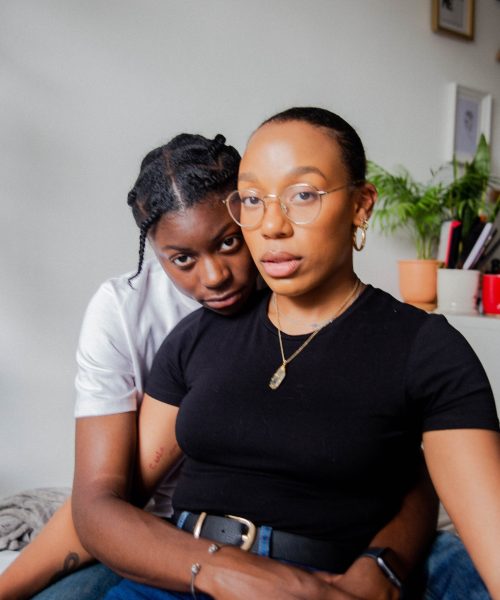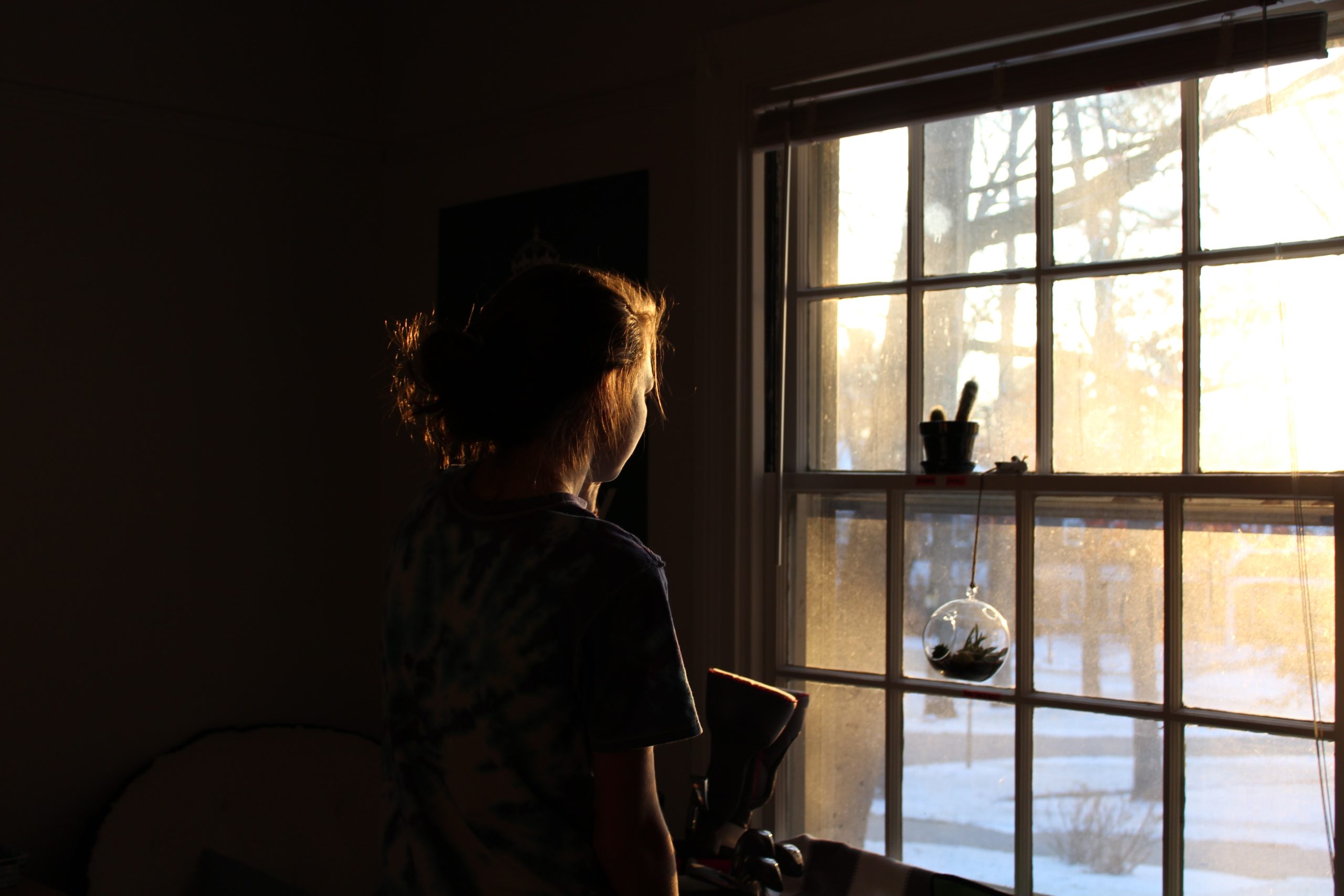Attachment Styles & Relationships
When relational issues arise, we often find ourselves searching the web to navigate the root of the issue. More likely than not, we have encountered the terms attachment theory or attachment style. An attachment pattern (or style) is established in early childhood, often through our parental attachments. This child-parent attachment serves as a working model for future relationships (romantic and platonic). Our early experiences in other relationships can also impact our attachment patterns more than we initially think. Our attachment styles can show up in our familial, romantic and friendship relationships. We can also find that we have certain attachment patterns with authority figures, like our boss, that have been developed from our earlier relationships with our teachers or coaches.
Our attachment can often impact everything from our partner selection to how well our relationship progresses or ends. Thus, it is imperative to recognizes these behaviours to understand our blind spots or areas of vulnerabilities in relationships.
The Good News?
Dr. Cindy Hazan notes that, “Attachment styles are not fixed or static, but can be influenced by later experiences and relationships.” Hazan’s point is that attachment styles are not set in stone, and that people have the capacity to change and grow throughout their lives. By understanding how attachment styles are formed and how they can be influenced by later experiences, individuals can work to develop more secure and healthy attachment styles in their relationships.
Types of Attachment Styles
Secure Attachment Style (“I’m okay, you’re okay”)
People with a secure attachment style feel comfortable with emotional intimacy and can trust their partners. They can communicate their needs and feelings effectively and are able to provide emotional support to their partners.

Signs of Secure Attachment
- Ability to regulate emotions
- Easily trusting others
- Effective communication skills
- Ability to seek emotional support
- Comfortable being both alone and close in relationships
- Ability to self-reflect in partnerships
Note: list not exhaustive.
What does a secure attachment look like?
Sarah feels comfortable sharing her feelings with her partner. She wants her partner to be there when she is upset and that they will show up with her. When Sarah and her partner have a conflict Sarah doesn’t worry about her partner leaving her. When Sarah has had relationships end she has felt sad but also knows that she will be okay on her own.
Anxious Attachment Style (“You’re okay, I’m not okay”)
People with an anxious attachment style can sometimes come across as overly dependent on their partners. They often worry about the stability of their relationships and may become overly emotional or jealous. They often try to seek reassurance that they are still loved and secure in their relationship. It can sometimes feel as though they need constant reassurance from their partner, or their friends. They may also struggle to communicate their needs effectively, leading to misunderstandings and conflict.
Signs of Anxious Attachment
- Can be perceived as clingy
- Highly sensitive to criticism (real or perceived)
- Needing approval from others
- Jealous tendencies
- Feeling unworthy of love
- Intense fear of rejection
Note: list is not exhaustive.
What does an anxious attachment style look like?
John often worries that his partner will leave him and that they don’t love him. He doesn’t feel like his partner cares about his issues and feels like his partner is reluctant to get as emotionally close as he would like. When John feels his partner pull away he does things to draw them closer, like texting and calling them often, asking his partner multiple times a week if they truly love him.


Avoidant Attachment Style (“I’m okay, you’re not okay”)
People with an avoidant attachment style tend to be emotionally distant and may struggle with intimacy. They may value their independence and autonomy above all else and may avoid getting too close to their partners. They may also tend to downplay the importance of emotional connections, which can lead to misunderstandings and hurt feelings.
Signs of Avoidant Attachment
- Persistently avoid emotional/physical intimacy
- Feel a strong sense of independence
- Uncomfortable expressing your feelings
- Difficulty trusting people
- Feel threatened by anyone who tries to get close to you
What does an Avoidant Attachment Style look like?
Faye prefers to keep to themselves and not be around their partner as frequently. They don’t like to express their feelings to their partner and doesn’t want them being around when they are upset. Moreover, Faye may tell themselves that they do not care if their partner left them. At times Faye pushes their partner away when they feel that they are getting too close.
Note: list is not exhaustive
Anxious-Avoidant Attachment Style (“No one is okay”)
People with an anxious-avoidant attachment style often have conflicting feelings about intimacy and may struggle to form close relationships. They may want to be close to their partners but also fear rejection or abandonment. They may also tend to push people away when they feel too vulnerable, which can make it difficult for them to form lasting relationships.
Signs of Anxious-Avoidant Attachment
- Fear of rejection
- Difficulty to regulating emotions
- Contradictory behaviours: sometimes pushing people away, other times doing behaviours to pull them close to them
- High levels of anxiety
- Difficulty trusting others
- Signs of both avoidant and anxious attachment styles
Note: list is not exhaustive.
What does an Anxious-Avoidant Attachment look like?
Trey wants to get emotionally close to his partner, but he worries about them hurting his feelings. Additionally, they feel like they can’t live without their partner, even though being with them isn’t working.

Moving Towards a Secure Attachment
Developing a secure attachment style involves building healthy relationships with caregivers, friends, and romantic partners. Here are some tips for forming a secure attachment style:
Build healthy friendships
As children grow older, friendships become an important source of support and social connection. By building healthy and supportive friendships, individuals can develop social skills and a sense of belonging that can help to foster a secure attachment style.
Communicate openly and honestly
In romantic relationships, communication is key to developing a secure attachment style. Being open and honest with your partner about your needs, feelings, and expectations can help to build trust and emotional intimacy, which are central to a secure attachment style.
Seek therapy or counselling
If you have struggled with insecure attachment styles in the past or are having difficulty forming healthy relationships, seeking therapy or counselling can be a helpful way to work through these issues. A trained therapist can provide support and guidance in developing more secure attachment styles and improving your relationships.
Remember that developing a secure attachment style takes time and effort, but it is possible to change and grow in your relationships. By building positive relationships, communicating openly and honestly, and seeking support when needed, you can develop a more secure attachment style and enjoy the benefits of healthy and fulfilling relationships.




